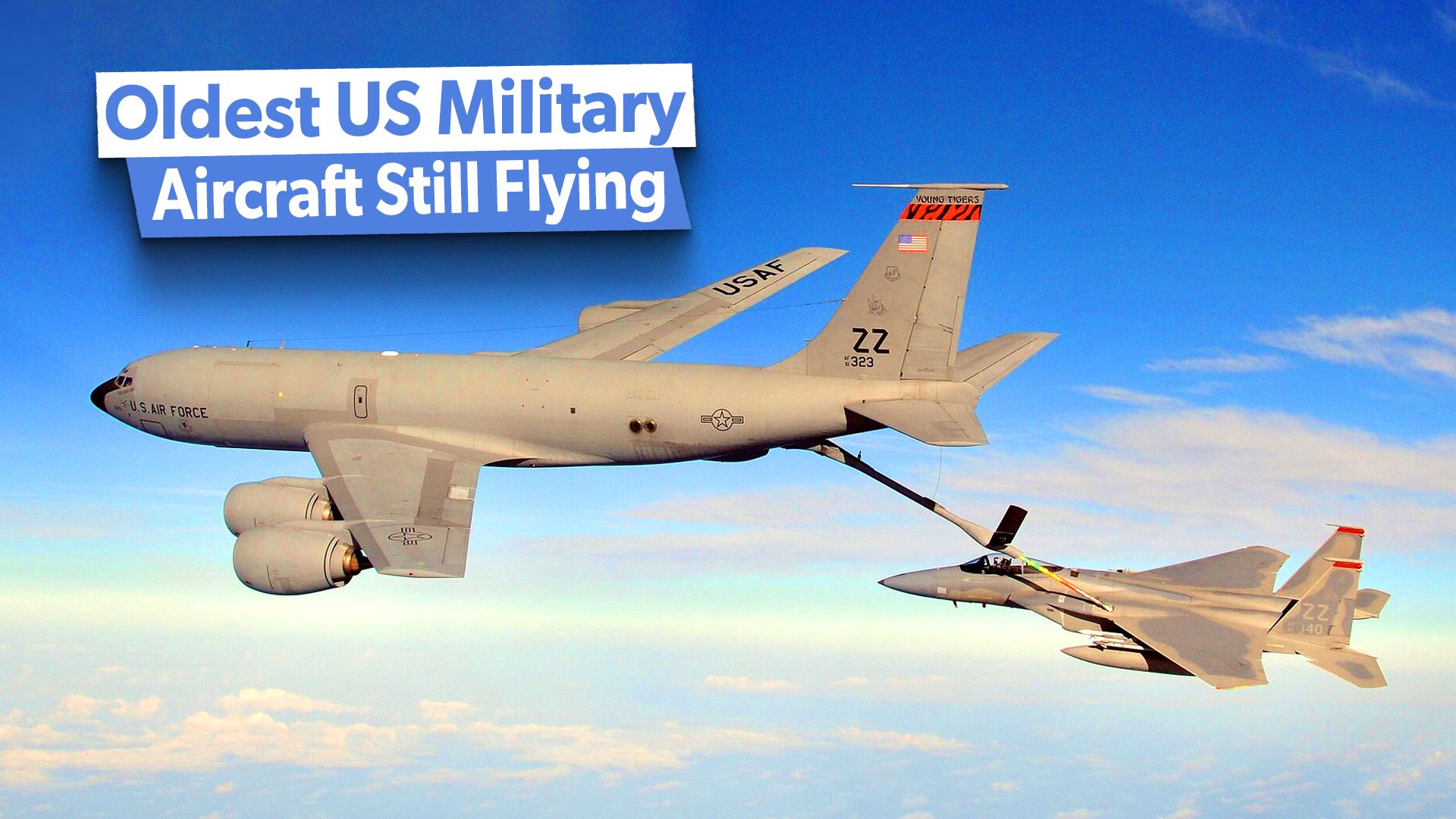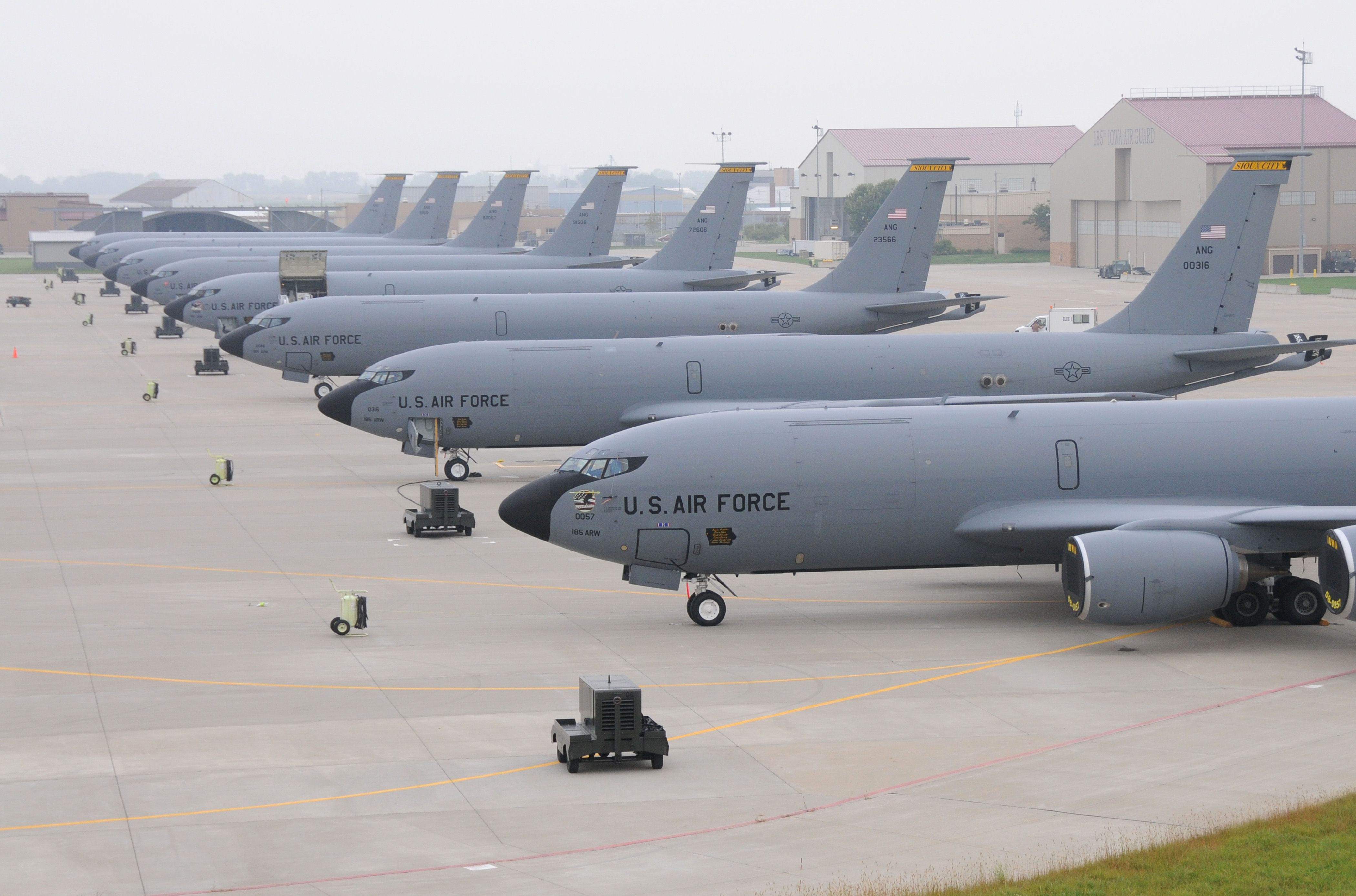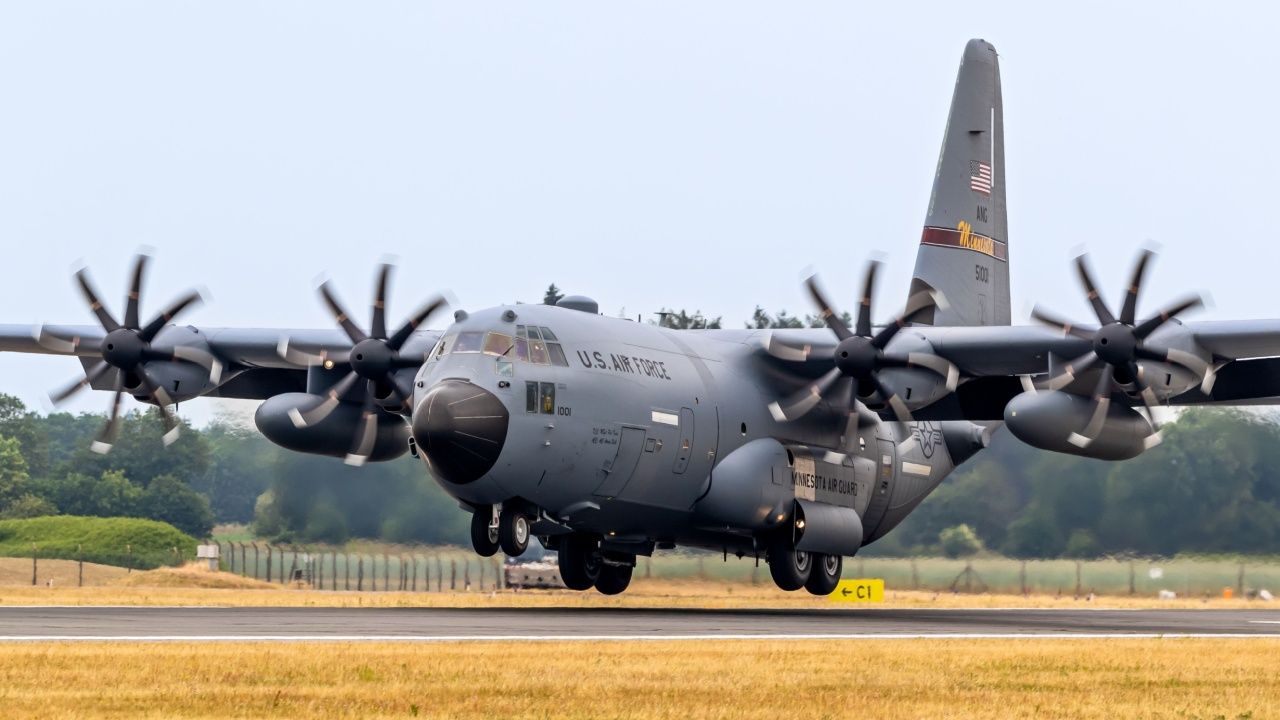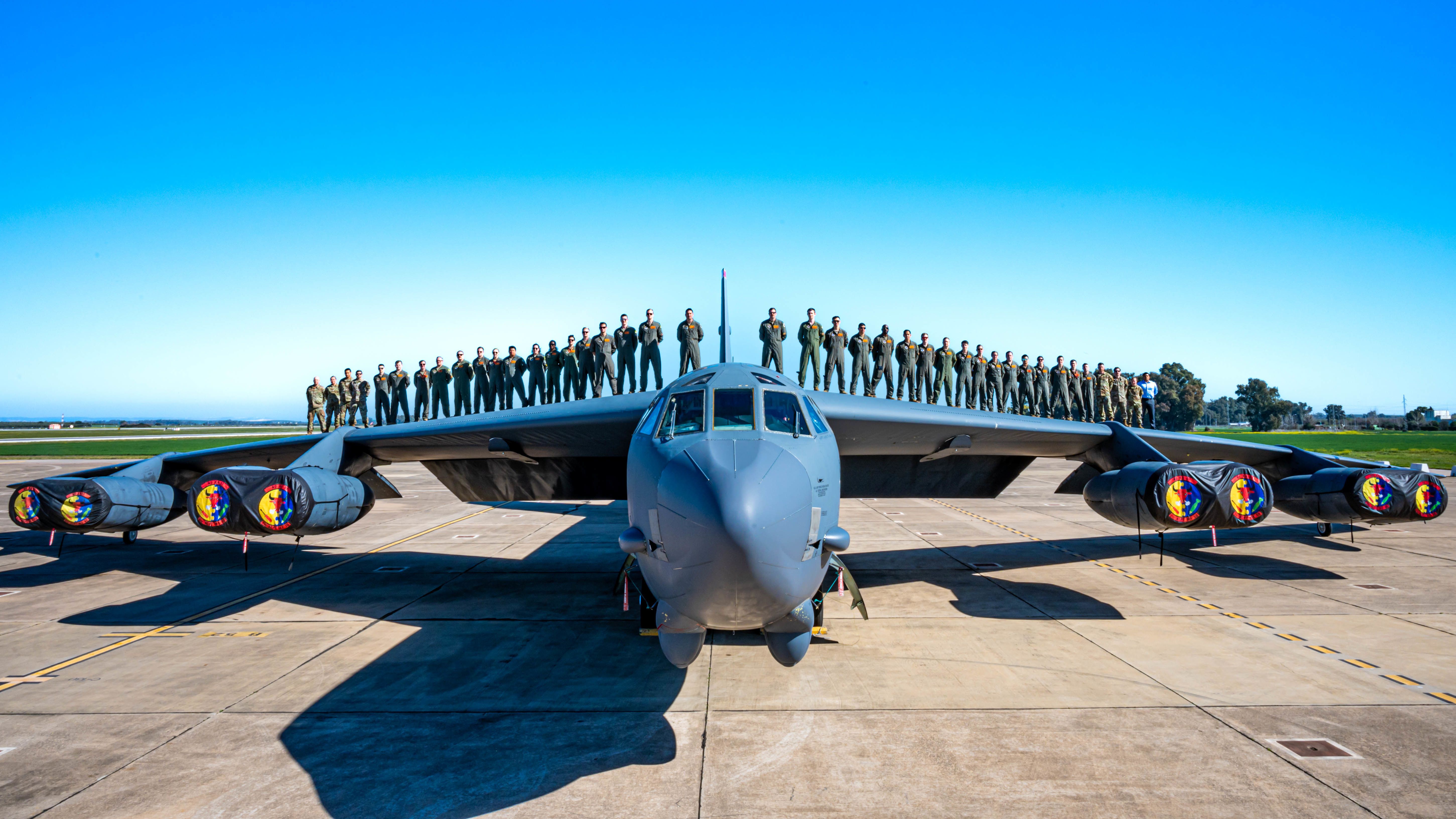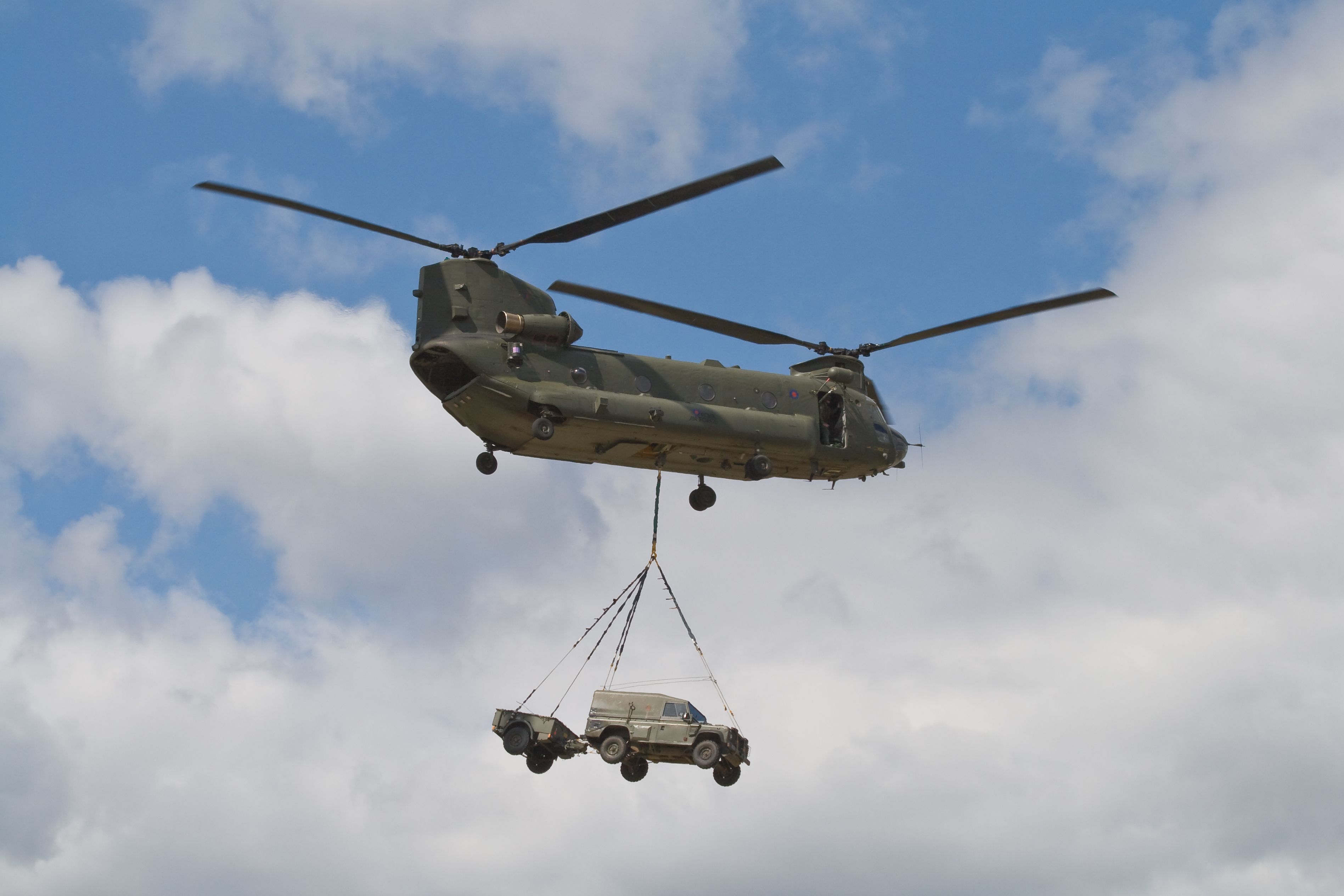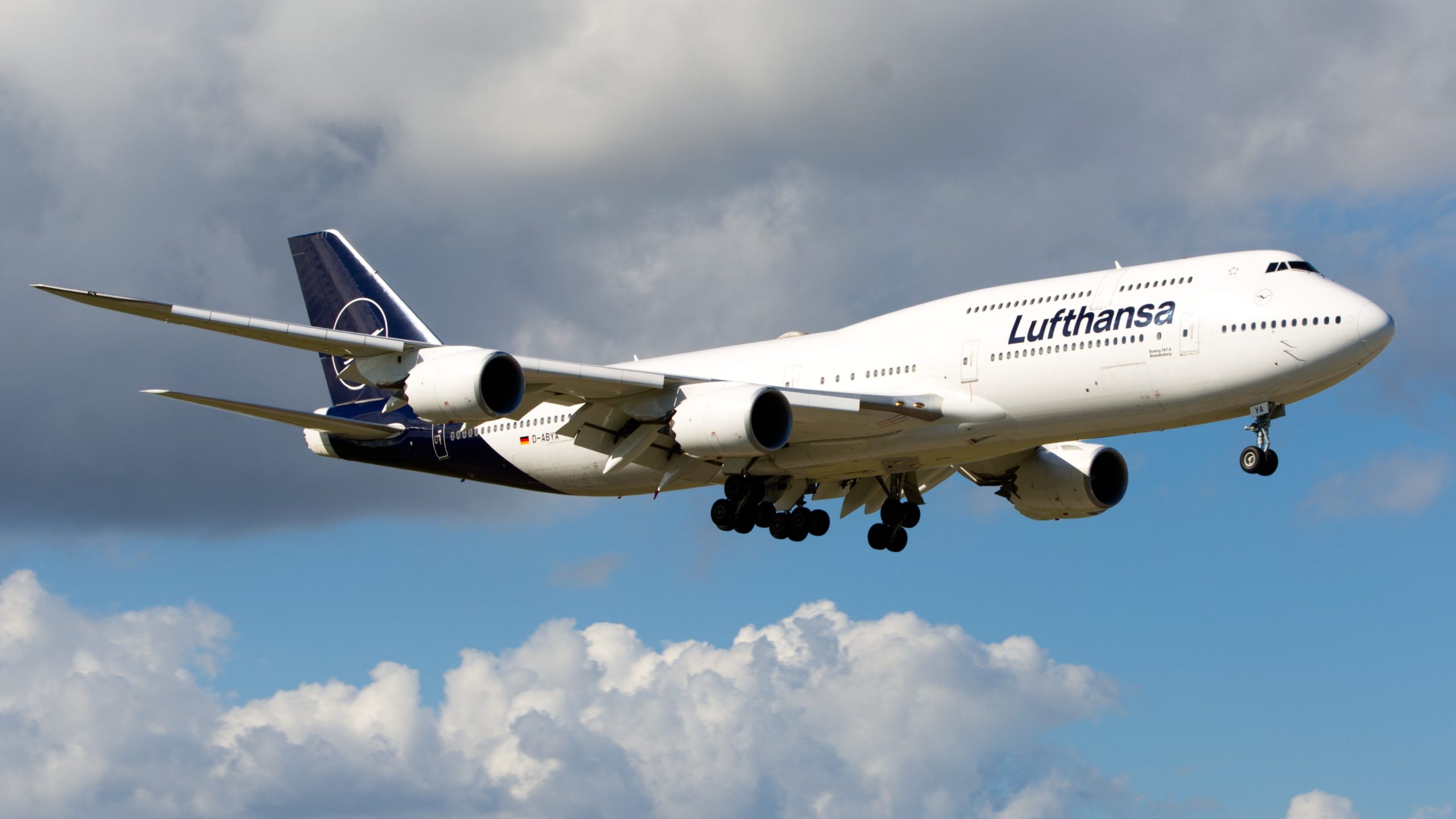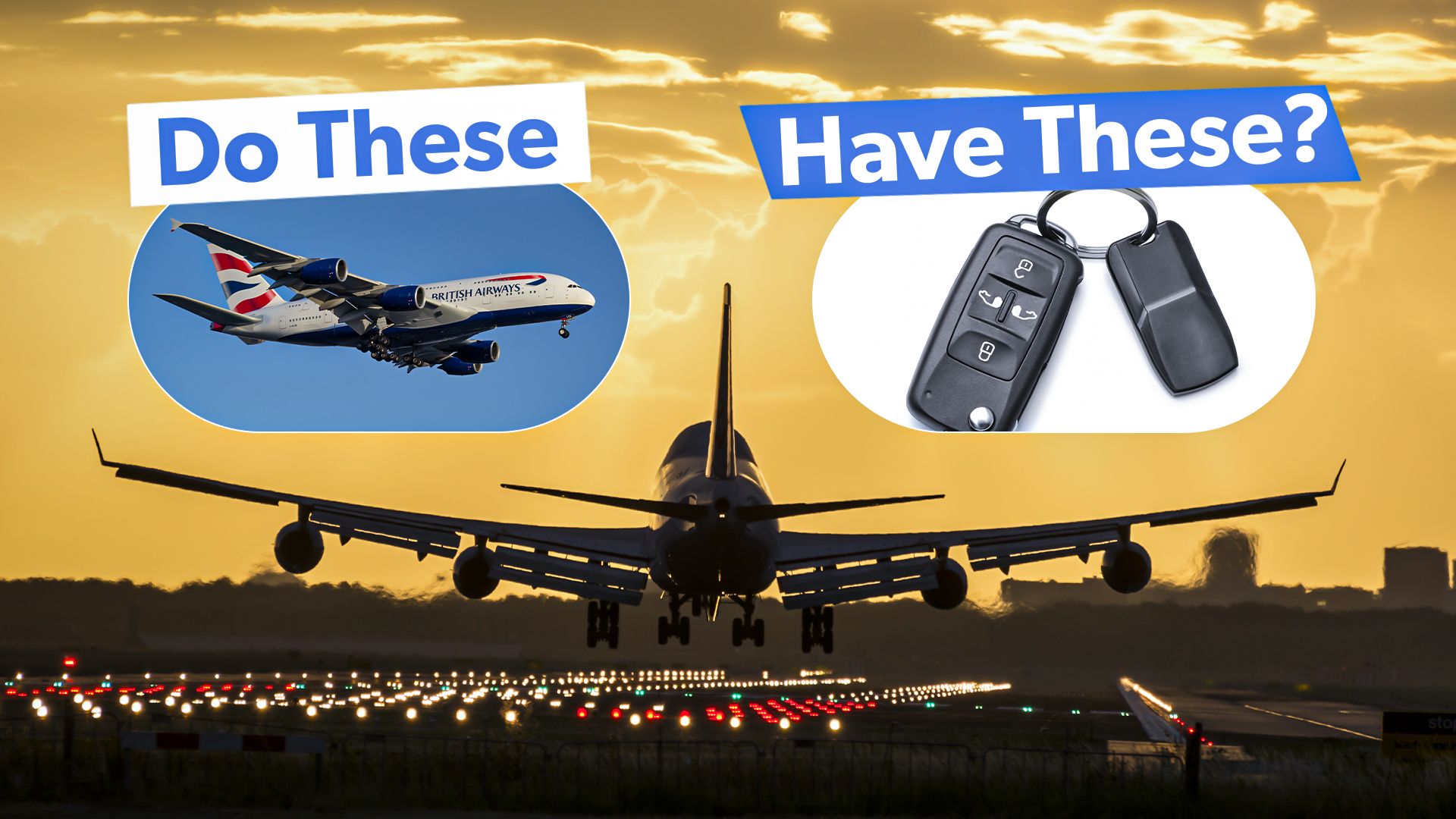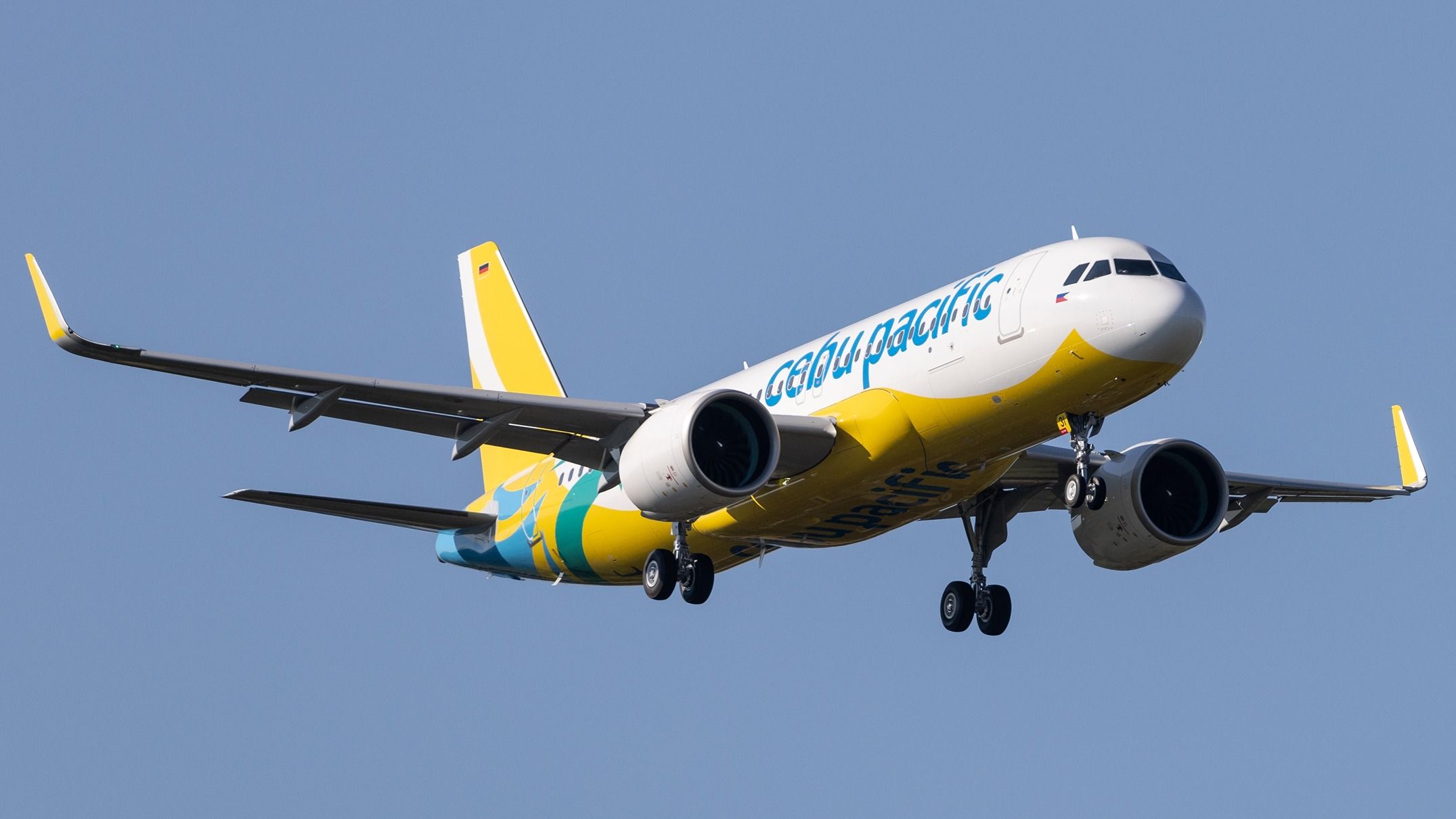The United States Air Force
continues to operate old (very old) aircraft designs that trace their origins to the early Cold War. These are mostly larger transport/tanker/bomber-style aircraft (
fighter jets tend to be newer
), and while some will retire, there is no end in sight for others. Missing from this list are aircraft like
the iconic U-2 Dragon Lady spy plane as it is soon to retire
. Incredibly, there
may even be a few WWII-era aircraft still operating around the world
.
1
Boeing KC-135 Stratotanker
The Stratotanker first flew in 1956
|
Number in service: |
Approx. 386 |
|---|---|
|
Entered service: |
1957 |
|
Production end: |
1965 |
The Boeing KC-135 Stratotanker has long been the backbone of the US air tanker
fleet. It has been in service since 1957 and first flew in 1956. The aircraft was developed from the Boeing 367-80 prototype (alongside the Boeing 707 airliner). The tanker’s mission hasn’t changed over the years – this is seen in that the boom on every single KC-135 is identical to the first dedicated aerial tanker (the KC-97 Stratofreighter).
Photo: US Air Force
The KC-135s are aging, and the US Air Force is gradually replacing them with the new KC-46 Pegasus tankers (although they will continue to serve the Air Force for years to come). The last of
US Air Force Retires Final KC-10 Extender Tanker After 43 Years Of Service
).
2
Lockheed C-130 Hercules
The Hercules first flew in 1954
|
Number in service: |
Approx. 356 (Hercules & Super Hercules) |
|---|---|
|
Entered service: |
1956 |
|
Production end: |
Ongoing (Super Hercules) |
The Lockheed C-130
Hercules is “the” workhorse tactical transport aircraft of many Western air forces around the world. It first flew in 1954 and is still going strong. Faced with the decision to replace or upgrade the Hercules, the answer was to make it the Super Hercules and keep it in service for decades to come.
The turboprop Hercules/Super Hercules is rugged and versatile and serves in all branches of the US military except for the Army and Space Force. It also comes in a
civilian version – called the LM-100J
. Lockheed states, “As the backbone of NATO’s airlift superiority, it spans 26 operators across 22 nations, amplifying forces and ensuring interoperability.”
3
Boeing B-52 Stratofortress
The B-52 Stratofortress first flew in 1952
|
Number in service: |
72 |
|---|---|
|
Entered service: |
1955 |
|
Production end: |
1962 |
There’s no other way to put it: the Boeing B-52
Stratofortress strategic bomber is immortal. The B-52 first flew in 1952 and is currently being upgraded to the B-52J (planned to be operational in 2033). The B-52 refuses to retire. The B-1 Lancer sweep-wing supersonic bomber was built to replace it, and then the B-2 Spirit stealth bomber was built to replace the B-1 Lancer.
Photo: United States Air Force
Now the B-1 Lancers are planned to retire by the end of the decade with the B-2s following the 2030s or 2040s. The B-52 is planned to continue flying alongside the new B-21 Raider into the 2050s or even 2060s, meaning it could be over 100 years old before it retires. Whereas the B-21 Raider will be the stealthy ninja flying through enemy air defense carrying out precision strikes, the B-52 will be the hulking delivery truck launching hypersonic missiles out of harm’s way.
4
Northrop T-38 Talon
The T-38 Talon first flew in 1959
|
Number in service: |
Approx. 497 |
|---|---|
|
Entered service: |
1961 |
|
Production end: |
1972 |
While fighter jets may not get to live that long before they come to the end of their useful lives, the same is not true of trainers. The Northrop T-38 Talon is a two-seat twinjet supersonic jet trainer and has the distinction of being the world’s first supersonic trainer. First flown in 1959, the T-38 Talon remains in service as a trainer with the United States Air Force.
However, the Talon is the only aircraft on this list that is fast coming to its end. The
US Air Force is set to replace the Talon with the new Boeing–Saab T-7 Red Hawk
(although delays may see the Talon continue on for a few years yet). The first Red Hawk production model is expected to roll off the assembly line in 2024.
5
CH-47 Chinook
The CH-47 Chinook first flew in 1961
|
Number in service: |
Approx. 378 (US Army) |
|---|---|
|
Entered service: |
1962 |
|
Production end: |
Ongoing |
The iconic tandem-rotor CH-47 heavy-lift helicopter first flew in 1961 – around the same time as the iconic UH-1 Iroquois (Huey). However, whereas later helicopter designs replaced the Huey, the CH-47 is still going strong, with more variants still being developed. The Chinook has been around for about 62 years and is arguably as relevant now as when it first entered service – it is perhaps the Hercules of helicopters.
Photo: JHPhtography | Shutterstock.com
Boeing states, “The H-47 Chinook is the heavy-lift helicopter of choice for the U.S. Army and 20 international operators. It is an advanced, multi-mission, tandem rotor helicopter, proven in cargo and troop transport, search and rescue, casualty evacuation, special operations, humanitarian and disaster relief, and more.”

